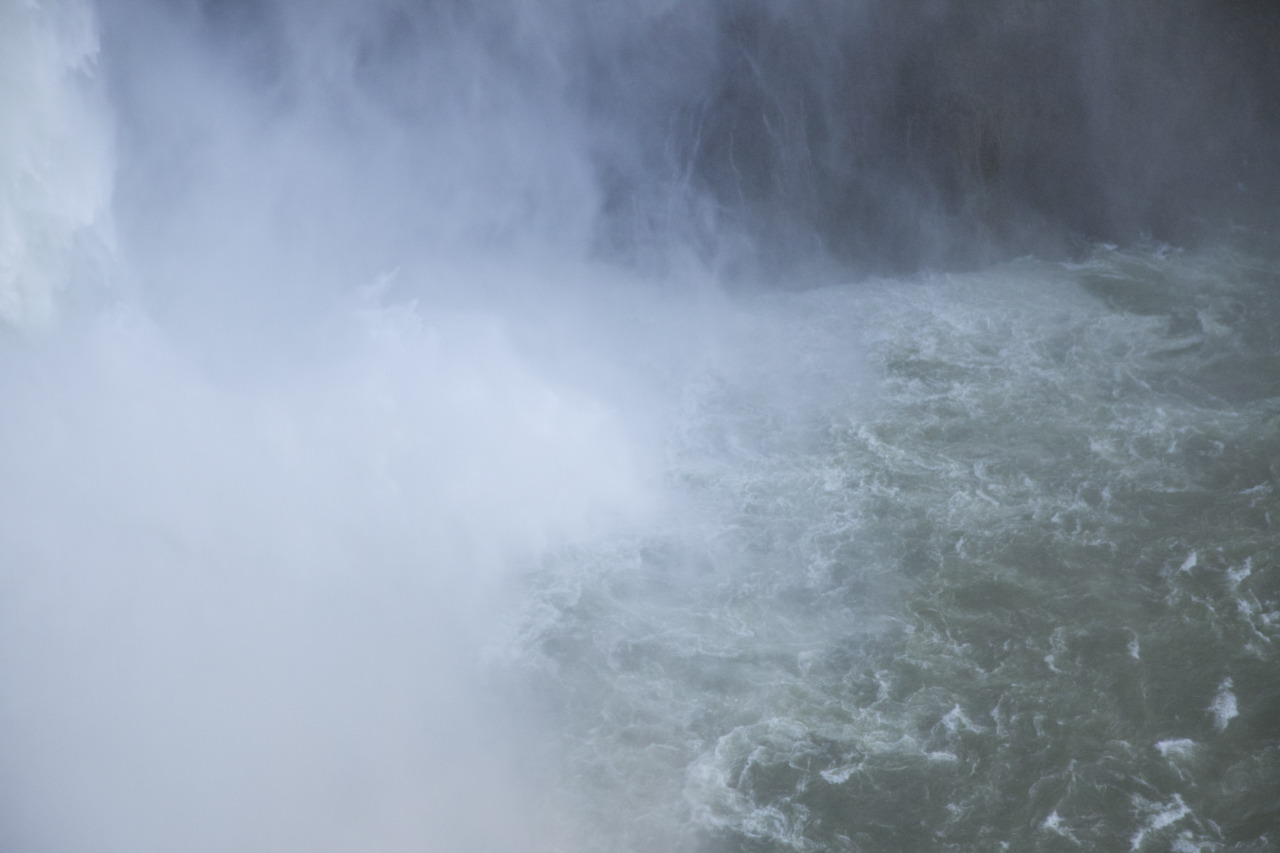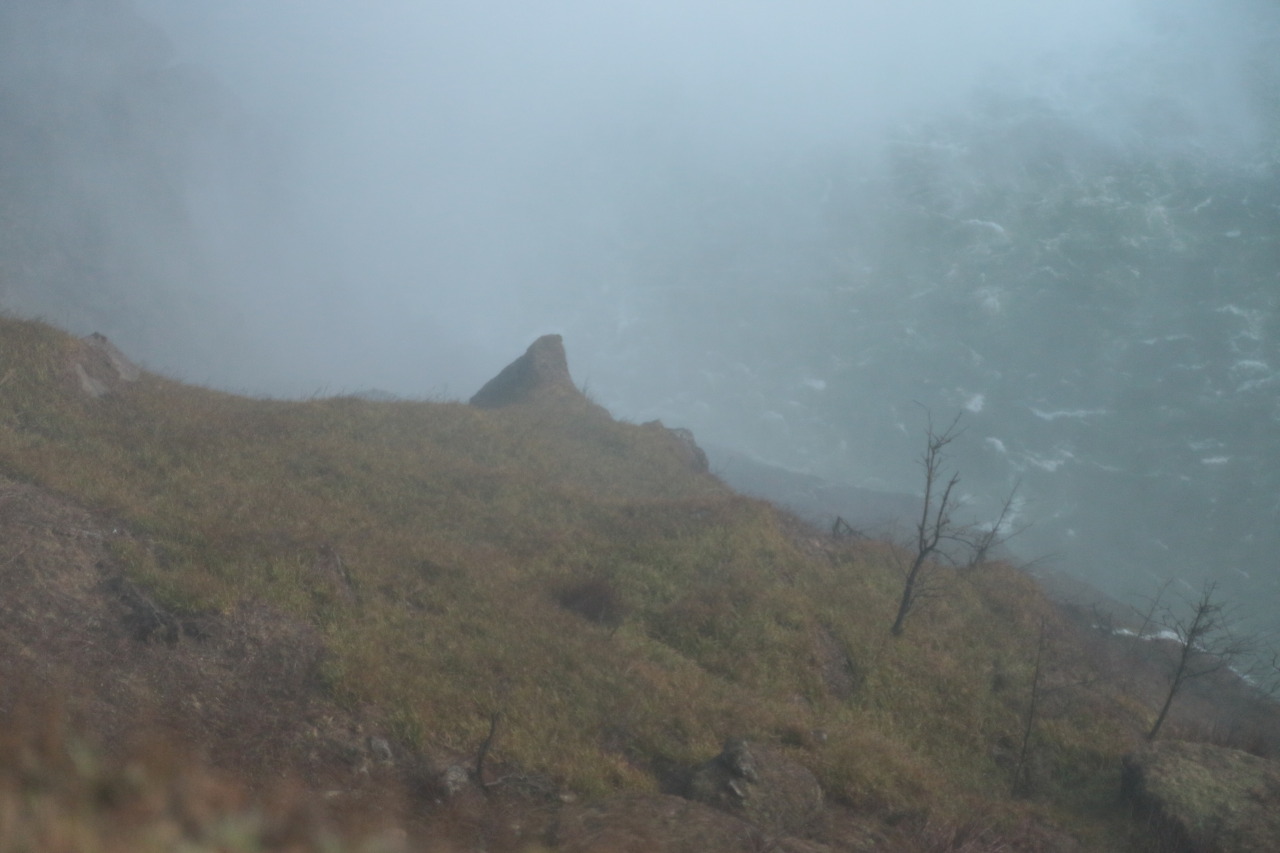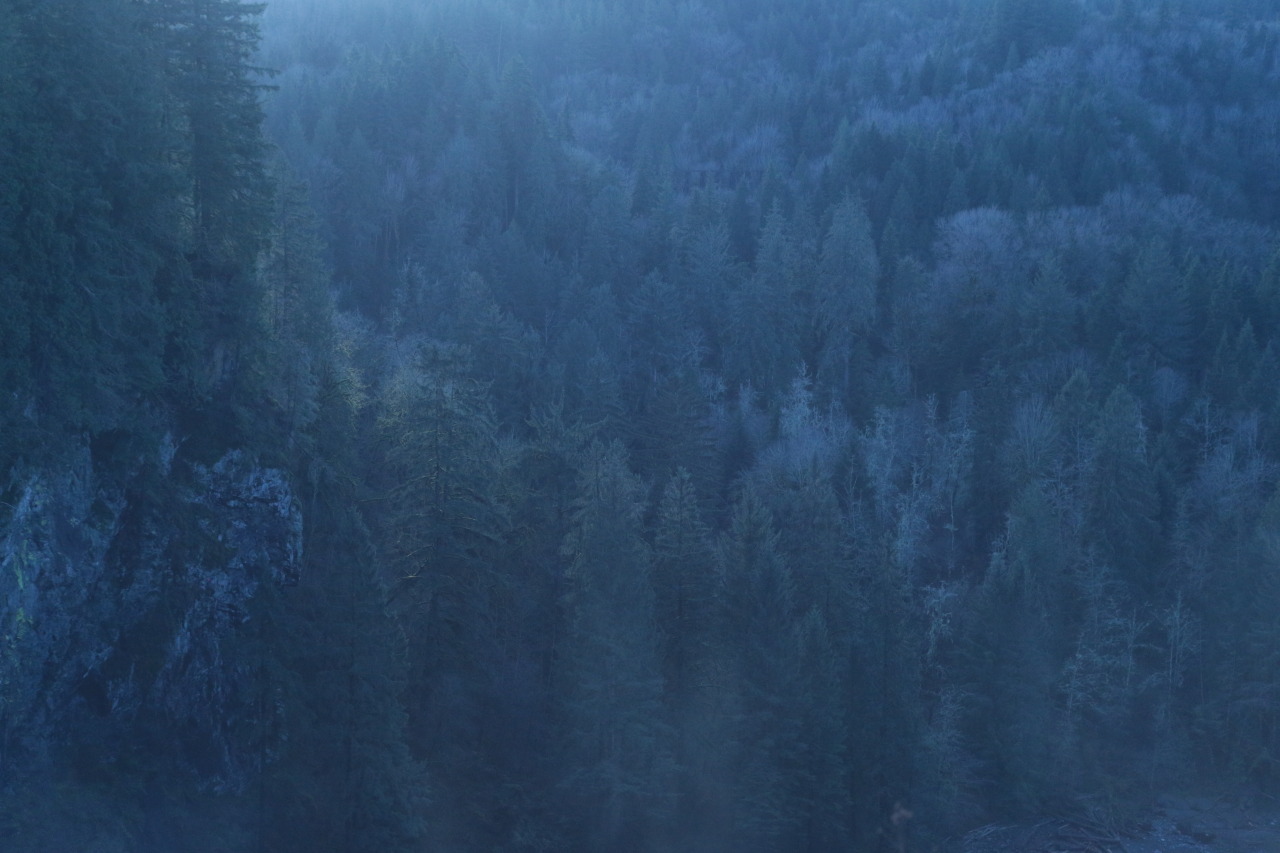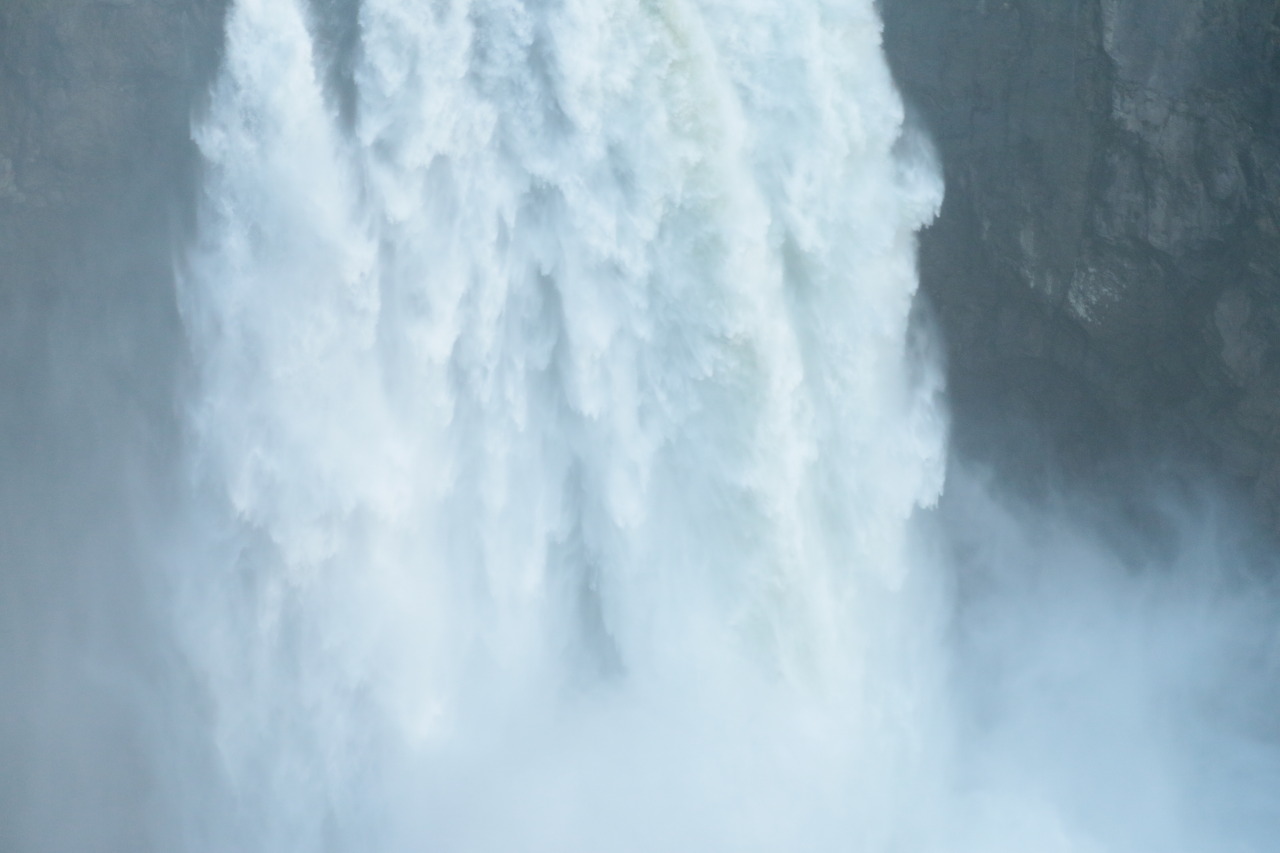"There are many stories in Twin Peaks - some
of them are sad, some funny. Some of them are stories of madness, of violence.
Some are ordinary. Yet they all have about them a sense of mystery - the
mystery of life. Sometimes, the mystery of death. The mystery of the woods. The
woods surrounding Twin Peaks.
A poem as lovely as a tree: "As the night
wind blows, the boughs move to and fro. / The rustling, the magic rustling that
brings on the dark dream. / The dream of suffering and pain. / Pain for the
victim, pain for the inflictor of pain. / A circle of pain, a circle of
suffering. / Woe to the ones who behold the pale horse."
- The Log Lady, Twin Peaks
I took these photos while I was home this
weekend. I love this place so much, it's only a 30 minute drive from my house.
It's a landscape featured in one of my favorite pieces of media, Twin
Peaks. The setting is one of the reasons why I love this show so much,
probably because it calls back to my home. I have a lot of very personal
connections to Snoqualmie Falls that I don't totally know how to articulate.
I'm still figuring that out. Here's some information from the Save Snoqualmie
Falls movement happening now that I think is written in a format I'd like to
follow while researching Monument Valley
SAVE SNOQUALMIE FALLS
Their Mission:
We believe it’s our
responsibility to be good stewards of Pacific Northwest’s natural and cultural
heritage. We must protect our clean water sources, our forest lands and our
open spaces, and we must do so while respecting the lands deemed sacred by local
Indian Tribes. While we support responsible economic development, we believe
Snoqualmie Falls is for all people, for all time, and that developing the
sacred land around it is irresponsible.
The History:
The Snoqualmie Indian Tribe has
considered Snoqualmie Falls sacred—its a birthplace of creation. Mists from the
thundering 268-foot waterfall carry prayers to the ancestors, and the Falls
provide the gifts of food, water, life, health and healing. Today, the
Snoqualmie Indian Tribe warmly welcomes all visitors to this sacred site to
experience its power in their own way. The forest lands surrounding the
Falls are also sacred. They are ancient burial grounds where the remains of
generations of our people are forever resting. Modern times are taking a
toll on this sacred site. In 1898, developers blasted away part of the Falls to
install a hydroelectric facility inside the waterfall, diverting water to
nearby turbines to generate electricity. The water flowing over the Falls is
far less than what it was before the power plant came in. The hydroelectric
facility is still a major detriment to the sacred waterfall, though it only
accounts for one- percent of Puget Sound Energy’s electricity
portfolio. In 1919, more developers built what is now the Salish Lodge
(The establishing shot of "The Great Northern Hotel" of Twin
Peaks) on the brink of Snoqualmie Falls. Ever since, it has been difficult
to take a picture of the Falls without this enormous hotel. The hotel may
provide spectacular views for the people who stay there. But for many others,
it is an eyesore built upon the sacred source of all creation.
Now there are plans to develop
the forest land just across the highway from Snoqualmie Falls. These burial
grounds are slated to be bulldozed, paved over and developed into another
subdivision with nearly 200 homes and other development. This controversial
project has already begun with the construction of a new roundabout at the
intersection of Tokul Road and Mill Pond Road. For years, the Snoqualmie Indian
Tribe has opposed efforts to build the roundabout over this sacred area.
Despite these efforts, heavy equipment moved in July of 2015 to uproot trees
and pave the way for construction. The Snoqualmie Tribe supports
responsible development and is a proud part of the local economy. But
irresponsible development is another story. Developing sacred ground is
irresponsible, and we will continue to fight it.
For our Monument Valley
project I'll be doing a similar thing as above. I'll be researching the
histories associated with the land, especially the histories of indigenous
people - the sacred, the spiritual, the mythology, etc. Land casts allegorical
and historical shadows that are larger than the people that inhabit it. I feel
like landscapes can be physical manifestations of the sacred, and the history
of Monument Valley is so rich and vast that it will be worth knowing the things
that make it up.









No comments:
Post a Comment